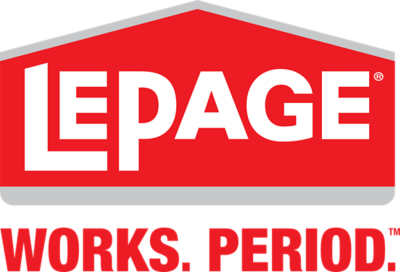Metal is used for countless applications. Metal glue is a safe and effective way to join metal to metal, or metal to other materials. For most everyday situations and simple DIY projects, a glue for metal is the best solution.
Types Of Metal Glue
Choosing the best glue for your metal is essential. Metal glues generally fall into three categories: adhesives, epoxies, and super glues.
Adhesives are high-performance substances used to bond two surfaces together. There are a few different types of metal adhesives, each with their own properties: flexible or rigid, transparent or opaque, and fast or slow setting. They also offer high resistance to heat and chemicals.
Epoxies are also commonly used with metal. They are generally comprised of a two-part system that includes resin and a hardener housed in what looks like a double syringe. When mixed during application, they form a high-strength bond on nearly any surface.
The ideal epoxy for metal is LePage Epoxy Steel, which hardens in 5 to 12 minutes and can be used for metal-to-metal applications, such as repairing lawn mowers and household appliances. This specifically formulated blend is also water resistant, making it great for outdoor use.
Super glues are high-performing, quick fixes for many common household repairs. Most super glues for metal also bond well with fabrics, wood, and plastics, making them useful in joining or repairing decorations, furniture, toys, and many other everyday items.
For superior bond of metals, LePage Super Glue Gel Control works faster and holds stronger than other leading super glues. With its no-drip formula, every repair looks as good as new!
A Strong Glue For Metal
A great option for gluing metal is LePage Heavy Duty Spray Adhesive. It’s one of the strongest solutions for bonding most metals, fabrics, wood, and certain plastics and a convenient alternative to welding. Once cured, it is designed to resist high temperatures and form permanent bonds. It won’t shrink and will resist yellowing, all while being easily sanded or painted.
How To Bond Metal With Glue: Step-By-Step Instructions
Gluing metal is simple and only requires a few easy steps. And the right metal glue, of course!
- Preparations. We recommend working in a well-ventilated area or workshop that offers enough space to handle all the necessary materials. Use protective cloths or papers to cover up furniture. Examine parts to be joined and test the fit. Clear away any fragments or particles obstructing a seal.
Always wear latex or nitrile gloves (not PVC, nylon, or cotton) to protect your skin while using metal glue.
- Clean the metal. Surfaces should be clean and dry. Remove any dust, dirt, wax, oil, or grease, including fingerprints. You may want to slightly roughen smooth surfaces using fine-grit sandpaper. Unlike paper, wood, or other porous materials, the dense surfaces of metal can resist typical household glues, resulting in weak bonds and breaks. But a proper metal glue will do the trick!
- Apply the metal glue. Be sure to read your product instructions for any details on application and drying times before starting.
- Join the pieces. Position the metal pieces and press together firmly to ensure a tight seal without gaps. Leave parts undisturbed as the bond forms by placing a weight or clamp on the pieces to hold them in place.
